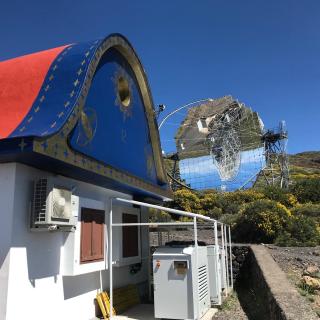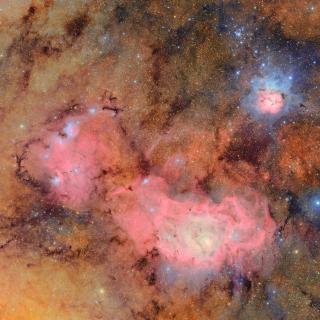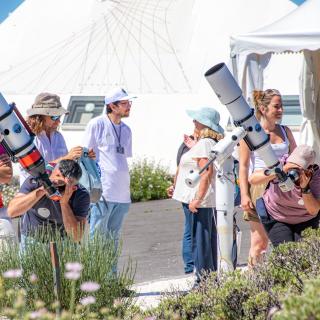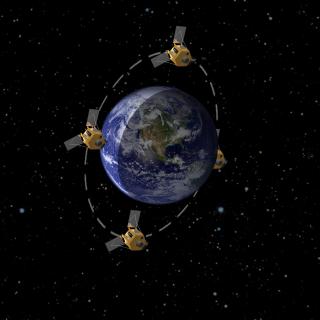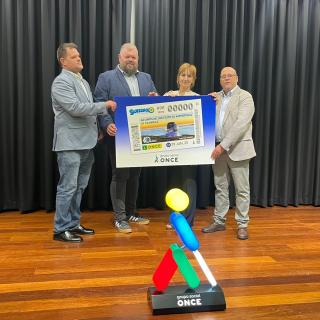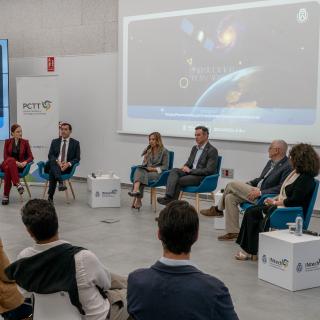
El Cabildo y el IAC fabricarán la primera constelación de satélites canaria para observar y proteger el Archipiélago desde el espacio
Advertised on
This section includes scientific and technological news from the IAC and its Observatories, as well as press releases on scientific and technological results, astronomical events, educational projects, outreach activities and institutional events.

